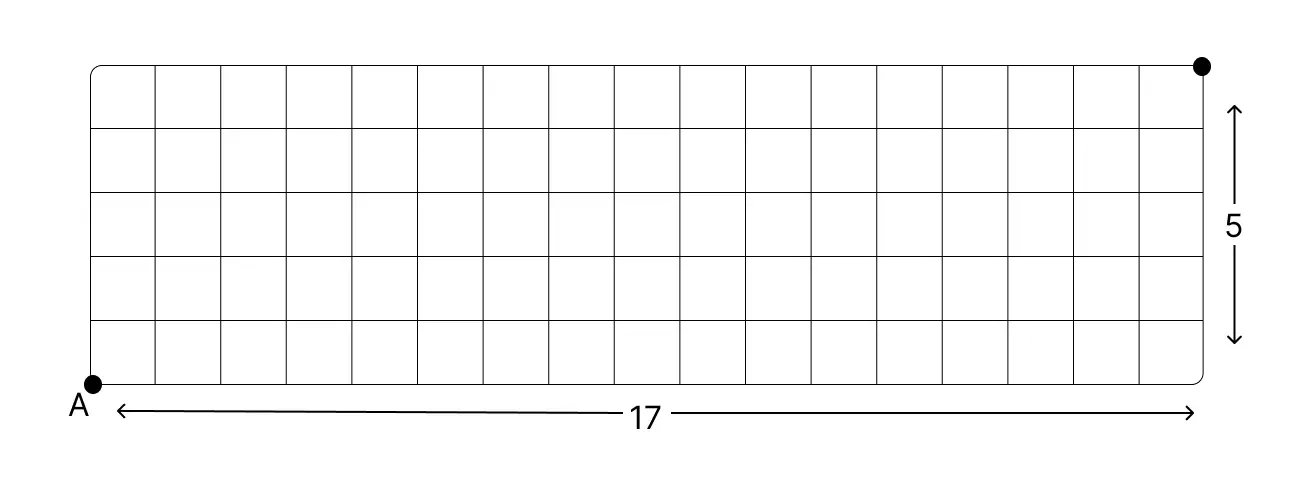Susquehanna International Group (SIG) is a trading and financial research firm. Though based in Pennsylvania, it offers comfortable and lucrative positions across the country.
The SIG Problem-Solving Assessment, commonly known as the SIG Online Assessment, is a cognitive aptitude test published by Mercer | Mettl and administered by SIG. It is designed to screen candidates for trading and research roles with the company.
Practicing for the exam with us will grant you access to:
- Full-Length Simulation, complete with SIG Online Assessment questions accurate to the real test!
- Focused Practice Tests that help you improve specific subjects, like calculus, probability, logic, ratios, or combinatorics.
- Full-Length Simulations (15 Questions)
- 4 Focused Practice Tests
- 1 Probability
- 2 Combinatorics
- 3 Logic and Ratios
- 4 Calculus (Integrals, MinMax Problems, Vectors)
- Money back guarantee – see terms and conditions
About the SIG Problem Solving Assessment
SIG boasts a complex and highly analytical approach to finance, which is based on advanced probability and game theory. The SIG Cognitive Ability Test reflects this standard.
The company uses a challenging quantitative exam as the very first stage of its recruitment process. The assessment is taken online, and acts as initial screening, taking place before even the first phone interview. The third-party supplier who creates the test is called Mercer | Mettl.
The Problem-Solving Assessment is made up of nine challenging numerical reasoning questions. You are given 60 minutes to solve all nine.
💡 Looking for other trading forms? Read about the Optiver Test
Note
The SIG Problem Solving has supplanted an earlier test known as the SIG Quantitative Evaluation. The latter consisted of 14 questions to be solved in 20 minutes, and is no longer in use at SIG.
What Does the Sig Online Test Measure?
The test measures two things-
- The first is your thinking style and ability to handle complicated questions under stress. You will be allowed a calculator, as the ability to do math is not being evaluated so much as your critical thinking, approach to problem-solving, and ability to break problems down and build an action plan.
- The second is your knowledge of probability and math. The test mainly focuses on expected value problems. with one or two questions typically testing for an understanding of deductive reasoning and single-variable calculus.

Looking For Other Finance Tests?
BCG | Aerotek | JP Morgan | Wells Fargo | Tresvista | Morgan Stanley | BPO | WorldQuant | Capitec | Credit Suisse | Deutsche Bank | Barclays | Bain | Schroders | PwC | Blackstone| McKinsey | Capital One | Bank Teller Sample Questions | Bank Teller Interview | Bank Assessment Tests | Accounting Questions | HireVue Interview Questions & Tips | Pre-Recorded Interview Preparation
Sample Questions and Answers
To give you an idea of what the SIG Online Assessment is like, we've included here three examples of SIG-style questions, including solutions.
The questions increase in difficulty from one to the next, and cover expected value and combinatorics.
SIG Test - Question 1
A deck of 18 custom playing cards is numbered from 1 to 18. A card is drawn 6 times with replacement.
If X is the number of draws that result in a prime number, what is E(X)?
Tip: this question requires an understanding of binomial distributions, the distribution of different success rates in a series of trials with two possible outcomes. Understanding how to use the binomial equation, as well as some other concepts such as combinatorial probability, conditional probability, and Baye's Theorem, should allow you to calculate the likelihood of any event you might encounter in a SIG question.
SIG Test - Question 2
hree printers are independently printing pages. The first printer experiences a paper jam 25% of the time, the second printer 20% of the time, and the third printer 15% of the time.
What is the probability that exactly two printers will have a paper jam on the same day?
Tip: When practicing for the exam, use a large variety of questions. This will help you learn to apply the same rules and problem-solving skills across different situations, and prevent you getting confused by the particulars of a specific question. Don't forget, the SIG assessment measures strategizing and knowledge integration no less than it measures math.
SIG Test - Question 3
A Robot is trying to get from point A to B without overshooting. The robot is programmed to go up or right, and to always alternate its step size from moving 2 unit in a single direction to moving 3 units in a single direction.

How many ways are there for the robot to arrive from point A to B?
Tip: Logical questions like this one can often be overwhelming at first glance. The skill needed here is being able to break the solution down into manageable and operational steps. This skill can be honed and sharpened by practicing logical reasoning questions.
How Did You Do?
This short practice test is a brief sample of our SIG Online Assessment Practice Course.
In a few short clicks, you can find more probability questions, logical reasoning questions, and math operations questions, complete with full solutions and explanations.
Sharpen your problem-solving abilities, take the assessment relaxed, and show the SIG trading firm what you are made of.
How Hard Is It to Get Into the Susquehanna International Group?
The hiring process at SIG is considered to be at a high difficulty level, due to the competitive nature of the positions.
However, practice can give candidates a significant competitive edge and help reduce testing anxiety by allowing them to take the test feeling they remember the material and how to apply it.
Here is a breakdown of the next few steps of the process:
What Is the SIG Interview
After completing your online assessment, you will typically have to complete three job interviews. In the first two, you will talk to an HR representative over the phone. The third interview is face-to-face and on site.
The first phone interview will be with an HR representative who will ask you about your resume, background, and interest in joining a trading firm. In addition to these and other personal questions, you will be faced with five technical questions on probability and math, similar to the ones you have faced already. The interviewer will not necessarily expect you to arrive at an answer. Rather, they will be interested in following along your thinking style and problem-solving strategies.
The Second and Third Interviews
Your next interviewer will be a member of the SIG Development Team. This time, rather than focusing on your own personality and experience, you will need to discuss your knowledge of probability, trading, and markets.
Finally, your face-to-face interview will simply confirm your abilities and skills. If you have made it this far, you are very close to an offer. Be polite, smile, and get to know the people who might soon be your coworkers!
Show Your Worth - Pass The SIG Online Assessment with Flying Colors
Alleviate testing pressure, learn to handle the time limit, and pass your exam with confidence.




